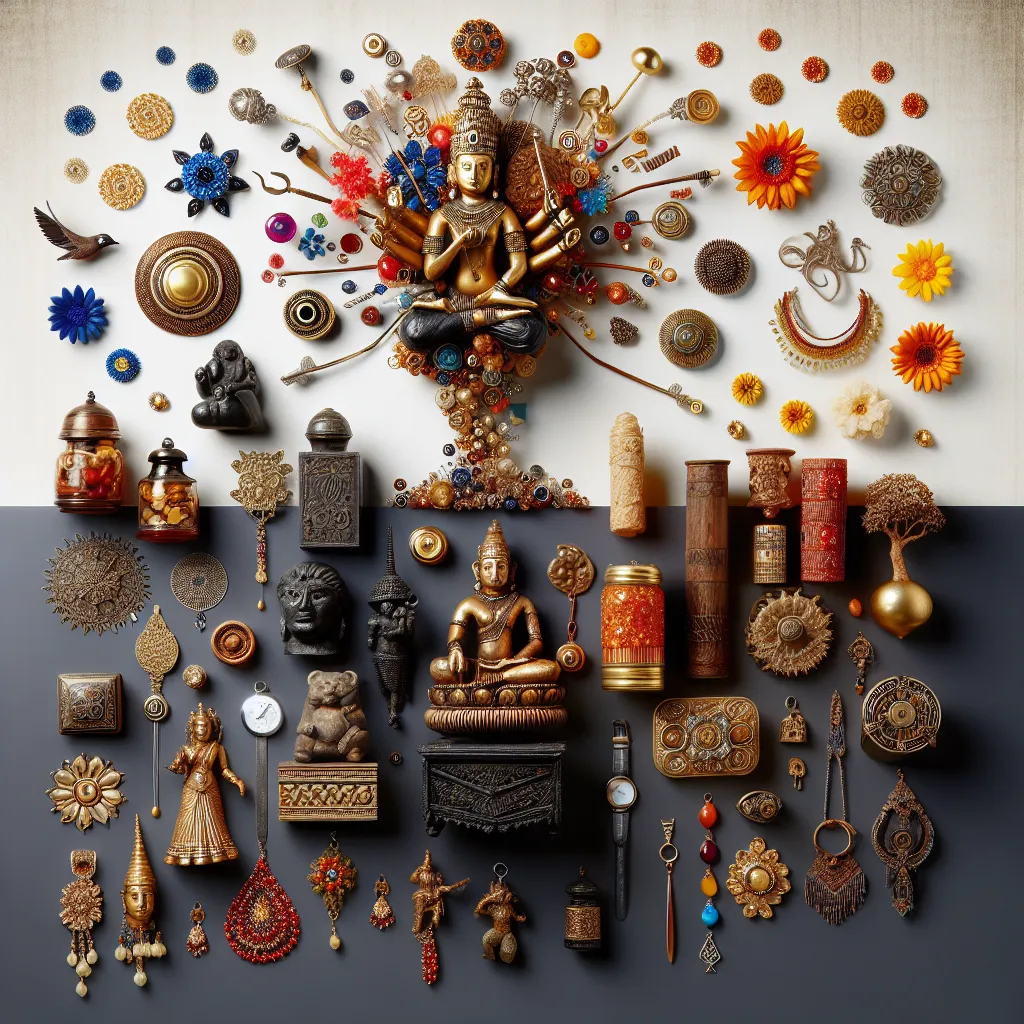Exploring the Cultural Significance of Traditional Ornaments
Exploring the cultural significance of traditional ornaments is essential in understanding the evolution of these decorative elements. Traditional ornaments have been an integral part of various cultures around the world, serving as symbols of identity, beliefs, and heritage. The intricate designs and motifs found in traditional ornaments often hold deep cultural meanings, representing stories of the past and conveying the values cherished by a particular community.
Traditional ornaments have witnessed a fascinating evolution, transitioning from being purely symbolic and meaningful to also encompassing elements of artistic expression and innovation. The craftsmanship and techniques passed down through generations have contributed to the preservation of cultural heritage, while also adapting to contemporary aesthetics. This evolution has led to the fusion of traditional designs with modern interpretations, creating a harmonious blend of cultural significance and contemporary appeal.
By delving into the cultural significance of traditional ornaments, we gain a profound insight into the rich tapestry of diverse traditions and the enduring legacy of artistic craftsmanship. Furthermore, it allows us to appreciate the timeless beauty and significance of these ornaments in the context of cultural heritage and artistic expression.
Innovation and Creativity: The Contemporary Interpretation of Ornaments
In today’s world, the evolution of ornaments has taken a remarkable turn towards innovation and creativity. Traditional designs, once rooted in cultural and historical significance, have now been reimagined through contemporary interpretations. This shift has opened up a new realm of possibilities, allowing artists and designers to push the boundaries of conventional ornamentation.
Contemporary ornaments are characterized by their fusion of traditional elements with modern aesthetics. Artists are incorporating new materials, such as glass, metal, and even recycled items, to create ornaments that reflect the dynamism of the present age. The emphasis is on originality and individuality, with each piece telling a unique story that resonates with the spirit of the times.
Furthermore, the contemporary interpretation of ornaments has also embraced technology, with 3D printing and digital design playing a pivotal role in shaping new forms and structures. This marriage of tradition and innovation has led to the emergence of ornaments that are not only visually stunning but also conceptually rich, engaging with contemporary issues and themes.
In conclusion, the contemporary interpretation of ornaments represents a bold departure from the past, embracing innovation and creativity to redefine the role of ornaments in today’s society. This evolution paves the way for a diverse and vibrant landscape of ornamentation, where tradition and modernity come together to inspire and captivate.
The Enduring Allure of Ornaments: A Journey Through Time
Ornaments have been an integral part of human expression and culture for centuries, evolving from traditional designs to modern interpretations. The enduring allure of ornaments lies in their ability to transcend time and carry elements of history, tradition, and craftsmanship. As we journey through time, we can trace the evolution of ornaments across different cultures and civilizations, each contributing to a rich tapestry of artistic expression.
